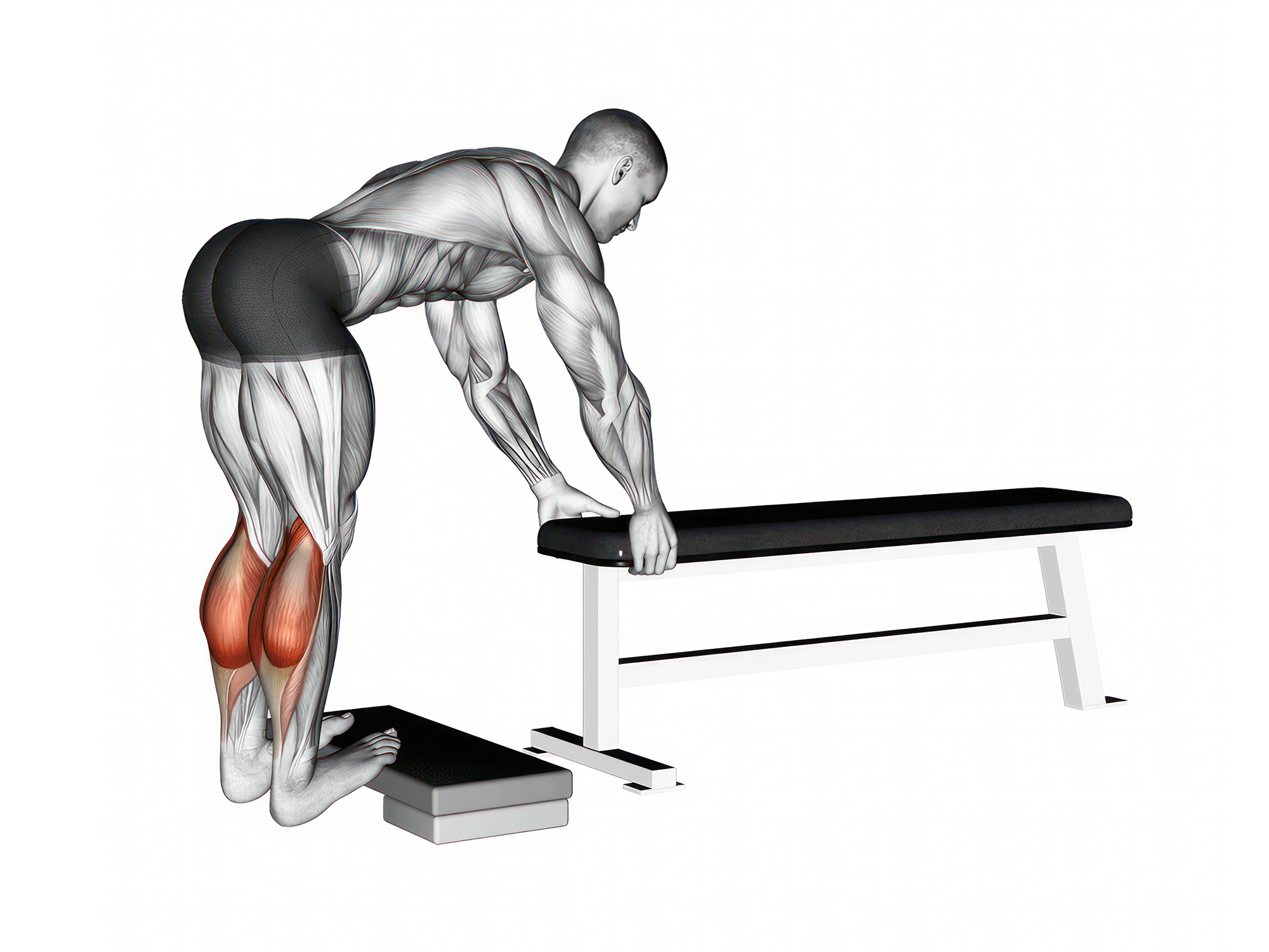hammer house blog
Donkey Calf Raises: Strengthen Your Calves the Right Way

When it comes to building strong and defined calves, donkey calf raises are an exercise that should not be overlooked. This effective movement targets the calf muscles in a unique way, helping you develop impressive lower leg strength and size. In this article, we'll delve into the benefits of donkey calf raises, explore the correct technique for performing them, and provide some valuable tips for advanced gym users.
Benefits of Donkey Calf Raises
Donkey calf raises primarily target the two main muscles in the calf region—the gastrocnemius and the soleus. By engaging these muscles through a full range of motion, donkey calf raises can lead to several benefits:
- Increased muscle strength: Donkey calf raises put significant stress on the calf muscles, which stimulates muscle fibers and promotes strength gains over time. Strengthening your calves can improve athletic performance, such as running and jumping, and reduce the risk of lower leg injuries.
- Enhanced muscle definition: Well-developed calf muscles not only look impressive, but they also contribute to an overall balanced physique. By regularly incorporating donkey calf raises into your workout routine, you can sculpt and define your calf muscles, adding aesthetic appeal to your legs.
Performing Donkey Calf Raises Correctly
To reap the maximum benefits from donkey calf raises and prevent injury, it is crucial to perform the exercise with proper form. Here's a step-by-step guide to doing donkey calf raises correctly:
- Position yourself on a donkey calf raise machine or use a sturdy elevated platform, ensuring that your shoulders are positioned under the padded lever or your hips are aligned with the edge of the platform.
- Place your toes and the balls of your feet on the edge of the platform, allowing your heels to hang off. Keep your feet approximately hip-width apart.
- Engage your core muscles and maintain an upright posture throughout the exercise.
- Lower your heels until you feel a stretch in your calves. It's important to maintain control during the eccentric (lowering) phase.
- Push through the balls of your feet, rising up onto your toes as high as possible. Squeeze your calves at the top of the movement.
- Hold the contracted position for a moment, then slowly lower your heels back down to the starting position.
Tips for Advanced Gym Users
For those who are experienced in the gym and want to take their donkey calf raises to the next level, here are some additional tips:
- Progressive overload: To continue making gains, progressively increase the resistance or weight used during your donkey calf raises. This can be achieved by using a weight belt with added plates or a loaded donkey calf raise machine.
- Time under tension: Focus on slowing down the tempo of both the concentric (raising) and eccentric (lowering) phases of the exercise. By increasing the time under tension, you can challenge your muscles further and stimulate greater muscle growth.
- Variations: Incorporate different variations of calf raises into your routine, such as single-leg donkey calf raises or seated calf raises. This will help target the calf muscles from various angles and improve overall calf development.
- Stretching and mobility: Prioritize calf stretches and mobility exercises to maintain flexibility and prevent tightness in the calf muscles. This will aid in recovery and reduce the risk of injury.
Remember, consistency is key when it comes to seeing results from donkey calf raises or any other exercise. Gradually increase the intensity of your workouts, listen to your body, and ensure you're following a well-rounded training program that incorporates other leg exercises and adequate rest periods.
Donkey calf raises offer a highly effective way to strengthen and sculpt your calf muscles. By incorporating this exercise into your routine with correct form, you can enjoy the benefits of increased calf strength, enhanced muscle definition, and improved athletic performance. For advanced gym users, progressive overload, time under tension, variations, and proper stretching will further enhance your calf training. So, step up, raise those donkey calf raises, and take your lower leg gains to new heights!
See you in “the House” real soon!
